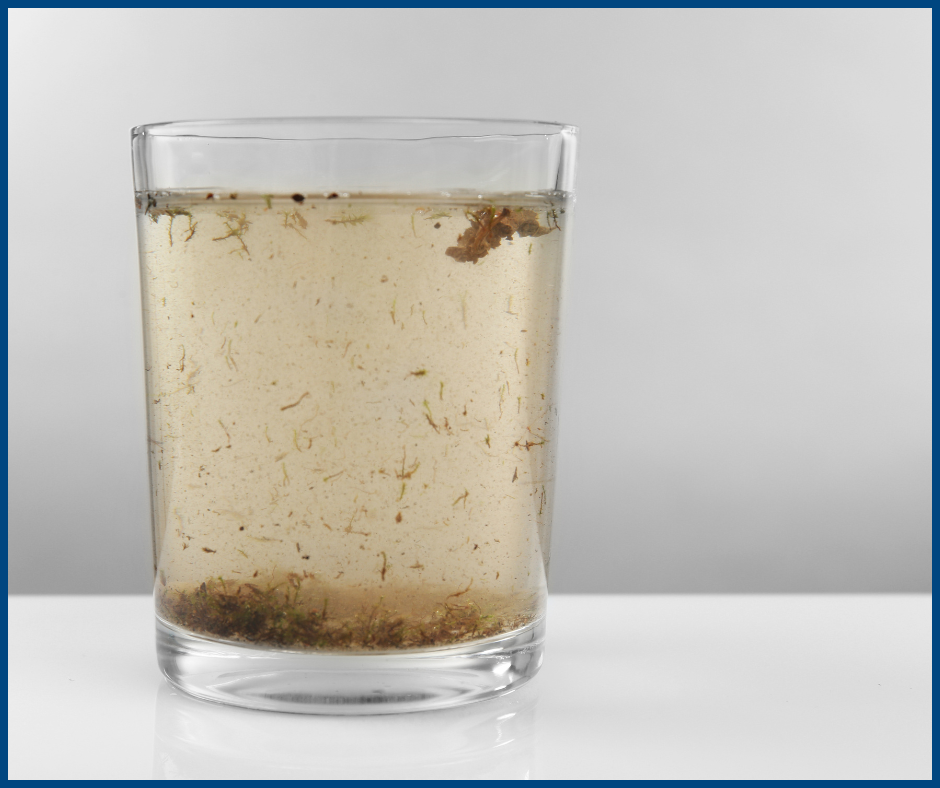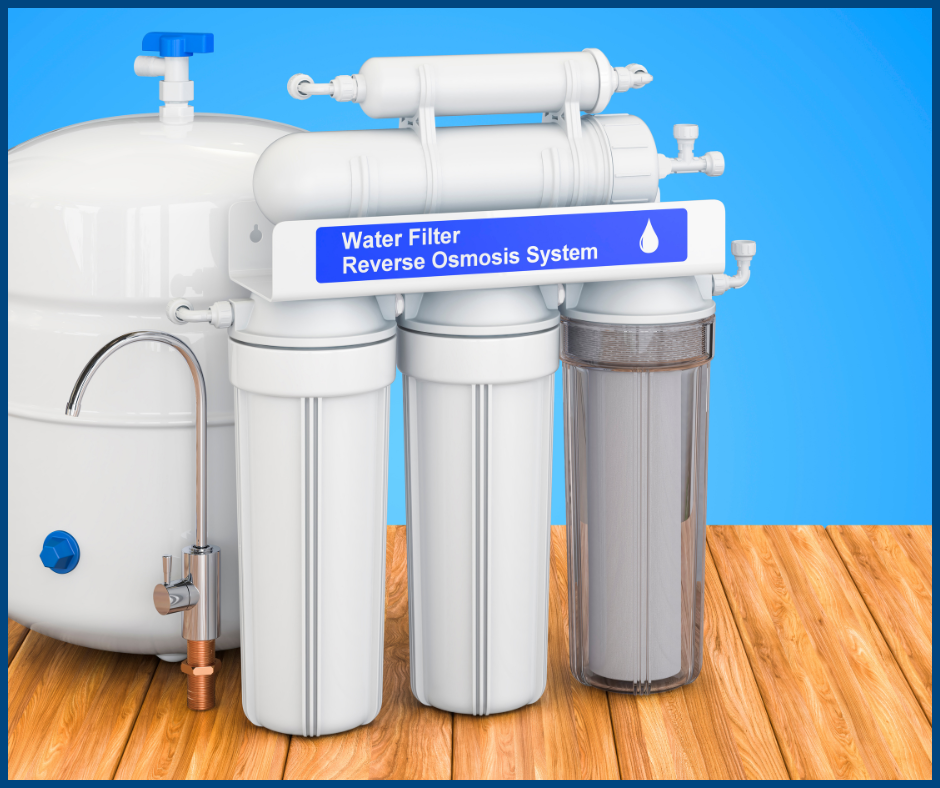Introduction
Water quality is a critical aspect of maintaining a healthy and safe home environment. With the increasing concerns about pollutants and contaminants in water supplies, it’s more important than ever to understand the factors that affect water quality and the steps you can take to ensure your water is clean and safe for your family. This comprehensive guide delves into the various aspects of water quality, including sources of contamination, testing methods, treatment options, and maintenance tips.
Understanding Water Quality
Water quality refers to the chemical, physical, and biological characteristics of water, typically in respect to its suitability for a particular purpose, such as drinking, swimming, or irrigation. Good water quality is essential for health, safety, and overall well-being.
Sources of Water Contamination
Water contamination can arise from various sources, impacting both groundwater and surface water supplies. Understanding these sources is the first step in mitigating water quality issues.
1. Natural Sources
-
- Mineral Deposits: Certain regions have water that naturally contains high levels of minerals like iron, manganese, and calcium.
- Microbial Contaminants: Natural water bodies can harbor bacteria, viruses, and protozoa that can cause illnesses.
2. Human Activities
-
- Agricultural Runoff: Pesticides, herbicides, and fertilizers used in farming can seep into water supplies, introducing harmful chemicals.
- Industrial Discharges: Factories and industrial plants can release pollutants directly into water bodies or the ground, leading to contamination.
- Urban Runoff: Cities can contribute pollutants from roads, parking lots, and lawns, which wash into storm drains and eventually into water supplies.
- Sewage and Wastewater: Improperly treated sewage can introduce pathogens and chemicals into water sources.
Water Quality Testing
Regular testing of your water is essential to detect contaminants and ensure it meets safety standards. Several methods are available for testing water quality.
1. Professional Testing
-
- Home Solutions: For a comprehensive analysis, Home Solutions offers professional water testing services. Their experts pull samples and send them out to a professional lab, who use advanced testing methods to detect a wide range of contaminants, including heavy metals, bacteria, and organic compounds.
2. Government and Utility Testing
-
- Municipal Water Reports: Public water systems are required to provide annual water quality reports (Consumer Confidence Reports) that detail the contaminants found in the water and their concentrations.
Interpreting Test Results
Understanding your water test results is crucial for determining the necessary steps to improve water quality.
-
- Contaminant Levels: Compare the levels of detected contaminants with the Environmental Protection Agency (EPA) standards to determine if they are within safe limits.
- Potential Health Risks: Identify which contaminants pose health risks and prioritize addressing them.
- Water Source: Consider the source of your water (well, municipal, etc.) when interpreting results, as different sources have varying risks and standards.
Water Treatment Options
If your water tests indicate contamination, several treatment options are available to improve water quality.
1. Filtration Systems
-
- Activated Carbon Filters: Effective at removing chlorine, volatile organic compounds (VOCs), and some heavy metals.
- Reverse Osmosis Systems: Remove a wide range of contaminants, including dissolved solids, bacteria, and viruses.
- UV Purification: Uses ultraviolet light to kill bacteria and viruses, making it ideal for microbial contamination.
2. Water Softeners
-
- Ion Exchange Systems: Replace hard minerals like calcium and magnesium with sodium or potassium, reducing hardness and improving taste.
3. Chemical Treatments
-
- Chlorination: Adds chlorine to kill bacteria and viruses, commonly used in municipal water systems.
- Ozonation: Uses ozone gas to disinfect water, effective against a broad range of pathogens and contaminants.
Maintaining Water Quality
Ensuring ongoing water quality requires regular maintenance and monitoring.
1. Regular Testing
-
- Frequency: Test your water at least annually, or more frequently if you notice changes in taste, color, or smell.
- Seasonal Changes: Consider additional testing during periods of heavy rainfall, drought, or agricultural activity, which can also have an affect on the quality.
2. System Maintenance
-
- Filter Replacement: Replace filters in filtration systems according to the manufacturer’s recommendations to ensure they function effectively.
- Cleaning and Sanitization: Regularly clean and sanitize water storage tanks, pipes, and other components of your water system to prevent the buildup of contaminants.
3. Source Protection
-
- Well Maintenance: If you use well water, ensure your well is properly sealed and maintained to prevent surface contaminants from entering.
- Prevent Runoff: Implement landscaping and drainage solutions to reduce runoff from agricultural or urban areas into your water supply.
Conclusion
Maintaining optimal water quality is a continuous process that involves regular testing, appropriate treatment, and vigilant maintenance. By understanding the sources of contamination, interpreting test results accurately, and implementing effective treatment and maintenance strategies, you can ensure your home’s water is safe and healthy for your family. Prioritizing the quality of your water not only safeguards health but also enhances the overall quality of life.

